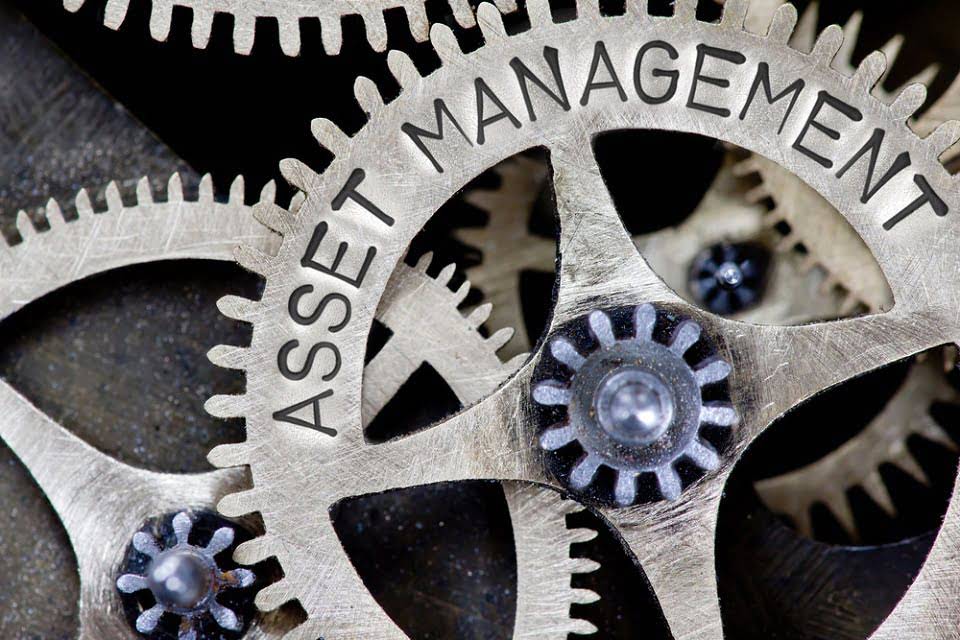
Each of these buckets is further categorized into smaller ones, such as meat costs, alcohol costs, staff wages, marketing, utilities, laundry, etc. A balance sheet provides an overarching view of your restaurant’s financial health. By listing your assets, liabilities (debt) and equities at a given point in time, you’re presented with a snapshot of your restaurant’s net worth. This gives you an understanding of your current financial situation and lets you plan your short and long-term cash flow. If you are not using financial reporting for your restaurant, then you are running your business blind.
Reconcile your accounts
The results were extraordinary—after gaining live access to their labor and sales numbers, they were able to schedule employee shifts smarter. Within four months, they were able to reduce their labor costs from 37% to 24%. Your current assets are those that can be easily converted to cash within 12 months. This includes your cash, accounts receivables (sales you made to your customers on credit that can be paid in the short term), and your inventory. The restaurant industry is known for having very tight profit margins, so it is of the utmost importance that you prepare and analyze your financial transactions regularly.
Restaurant Bookkeeping Templates to Keep on Top of Your Accounting

Keeping tabs on your food costs will help you set menu prices and maximize profits. Food costs depend on the type of restaurant, but normally are around 28-35% or revenue. Comparing your restaurant’s financial performance to industry averages can help you set realistic goals and expectations. Calculating prime costs by adding labor costs to the cost of goods sold will help you increase profit and efficiency and reduce costs. Shoeboxed turns your receipts into digital data with automatic data extraction for expense reporting, tax prep, and more. We also evaluated the best restaurant payroll software and identified eight solutions that are easy to use and come with good client support.
Maintaining Financial Records
You and your accountant will work on certain bookkeeping and accounting tasks together. You’ll also want to know enough about accounting to monitor financial KPIs that will help you make business decisions on the fly. Bookkeepers are more task-based and manage accounts payable, payroll, and posting journal entries. While there are scores of different bookkeeping templates available for restaurant owners, there are four essential templates every restaurant should have to ensure they’re always on top of their finances. Restaurant accounting software can help you to manage your books and records yourself. Going with the right software may even help you save money in the long run.
- While this task used to be time-consuming, modern restaurant accounting tools automatically match your records against your accounts, detecting any discrepancies and accounting errors quickly and accurately.
- To ensure your restaurant stays within budget, meets deadlines and obligations, and achieves your goals, it’s crucial to monitor and manage your finances.
- In the heat of a busy service, it’s easy to think, “I’ll remember later.” But more often than not, you won’t.
- Create separate line items to make recording and monitoring these transactions easier.
- The Shogo journal entry allows you to reconcile your merchant service deposits so you can ensure you are getting all the money you are due.
It can free up time and resources for you and your team to focus on other business activities. It’s essential to regularly track and update your P&L every month, quarter how to do bookkeeping for a restaurant and year. This will help to highlight how your restaurant is performing and to see if any new initiatives have positively or negatively impacted your finances.
When cash comes in, it’s called “cash in” or “inflow.” When cash goes out, it’s called “cash out” or “outflow.” Cash flow statements list the state of your operations, investments, debt, and financing. https://www.bookstime.com/ If you do decide to manage your restaurant’s finances, still consider outsourcing payroll. That’s because there are liability issues and high penalty fees on the line for mistakes made in payroll.
restaurant bookkeeping templates every venue needs
- Luckily, most modern POS systems, like Lightspeed, have powerful in-built reporting tools that can quickly drill down into your numbers to generate detailed and easy-to-read reports.
- But although essential, these costs aren’t directly related to producing the food and beverages on your menu.
- With the ability to slice, dice, and drill into that historical data, you can identify underlying trends in different datasets.
- Paying your bills on time will avoid late fees, which are an additional expense for your restaurant that can be avoided.
- With so many different moving parts, handling the bookkeeping for a restaurant can be complicated.
- This cash flow report checks the restaurant’s financial health and forecasts short-term and long-term cash flow.
Restaurant accounting is also made up of essential bookkeeping processes that keep your business running. While you’ll most likely hire an accountant or bookkeeper to handle most of these processes, here’s what you need to know so you’re at least speaking the language. You and your accountant can use your P&L to review the total revenue and expenses of your business over a period of time.

Restaurant accounting vs. restaurant bookkeeping
This will result in a credit card deposit or deposits hitting your bank account separately for each batch. Calculating the Cost of Goods Sold (COGS) is a pivotal aspect of restaurant bookkeeping that requires precision. COGS represents the direct costs incurred in producing the food and beverages your restaurant serves, and it significantly influences your gross profit margin. Shoeboxed helps you track your vendors by categorizing expenses by supplier, which is helpful for accounts payable. You can store and organize vendor invoices alongside receipts for full bookkeeping. A cash flow statement is a report that records all the incoming and outgoing cash for a specific period.

Leave a Reply